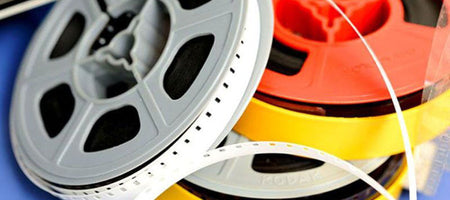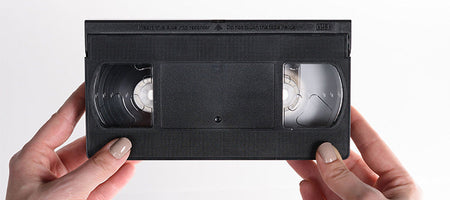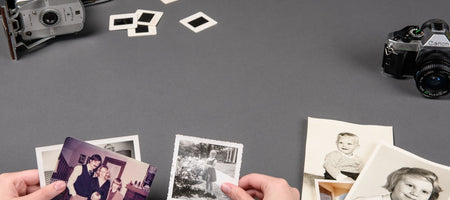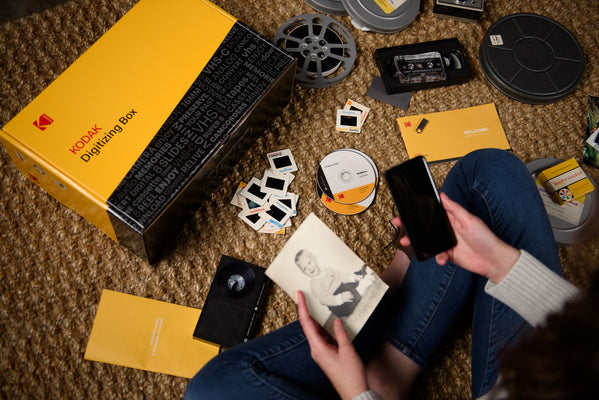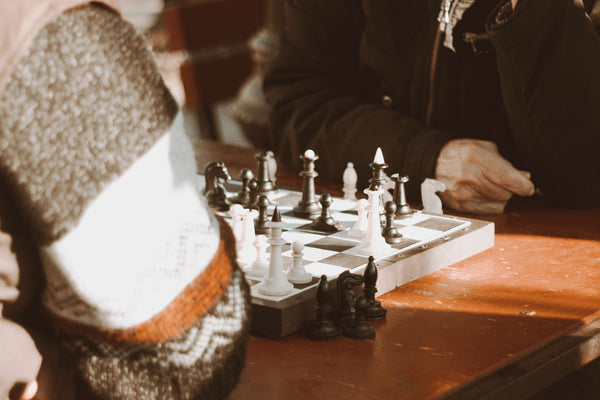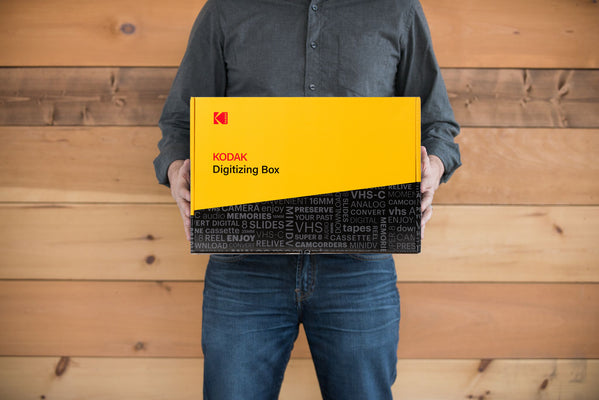Negatives are pretty neat. They’re like pictures, only smaller. The little strips of sepia celluloid were always my favorite part of getting pictures developed at the pharmacy.
I’d almost instantly take them out of the packaging, smudge my grubby hands all over them, and imagine I was looking at pictures made for gnomes.
My mother was nonplussed.
Put through another lens, that story could basically be worded like this: every time Ginger took Christian to get developed photos from the pharmacy, he instantly ruined the negatives. Also, he needs to quit watching that show The Gnomes. He thinks he is a gnome.
Negatives are actually really cool. You can use negatives to create copies of photos, make larger photos, and you can even scan negatives to digitize them. Since they’re made out of plastic, it seems like negatives would last a long time, right? Maybe. It depends.
Like most questions regarding media longevity, a whole bunch of variables will determine how long negatives will last. Let’s break it down.
Basically forever
Negatives are made out of plastic, which means they don’t decompose very well. Unless we develop some sort of new technology like plastic eating bacteria, the actual plastic will probably never go away. Sorry, mother nature. Saying that the plastic will last forever isn’t quite the same thing as saying the pictures on the plastic will last forever. So…
1000 Years
According to Kodak research, negatives stored in perfect harmony can last over 1,000 years. That means negatives of Shakespeare would still have over 500 years of life left if they were stored properly. What does properly mean? It basically means in a non-moist environment at around 32 degrees F. So stick your negatives in the fridge and toss your milk if you want them to last as long as possible!
50 Years
Most negatives can be expected to last around 50 years. The problem with the negatives isn’t the plastic, as we’ve already seen. The problem is the pictures on them. After a bit of time, and stored in imperfect conditions, the images begin to fade, discolor, and generally warp. Things like mold, dirt, sunlight, and oils can slowly break down the images, making them basically worthless in around half a century.
10 Minutes
If you’re my mother (hi mom!), your negatives probably lasted approximately 1-10 minutes before they were ruined. As we’ve already discussed, I was a degenerate child who instantly started playing with them anytime we got a batch of photos developed. As a 35 year old, all those negatives are starting to get to the end of their lifespan anyways, but I still ruined them nonetheless. Sorry mom!
Next time you’re looking at old photos and the negatives slip out of their little sleeve, keep in mind that they might not be around as long as you’d think. The plastic will, of course, still be sitting in the ground somewhere when the sun blows up in a couple billion years. But the pictures on the negatives might already be fading into oblivion. That’s why the best thing you could do for them is send them to us at KODAK Digitizing Box. We can digitize all those little gnome-sized negatives so that we can preserve the most important part: the pictures on them!

